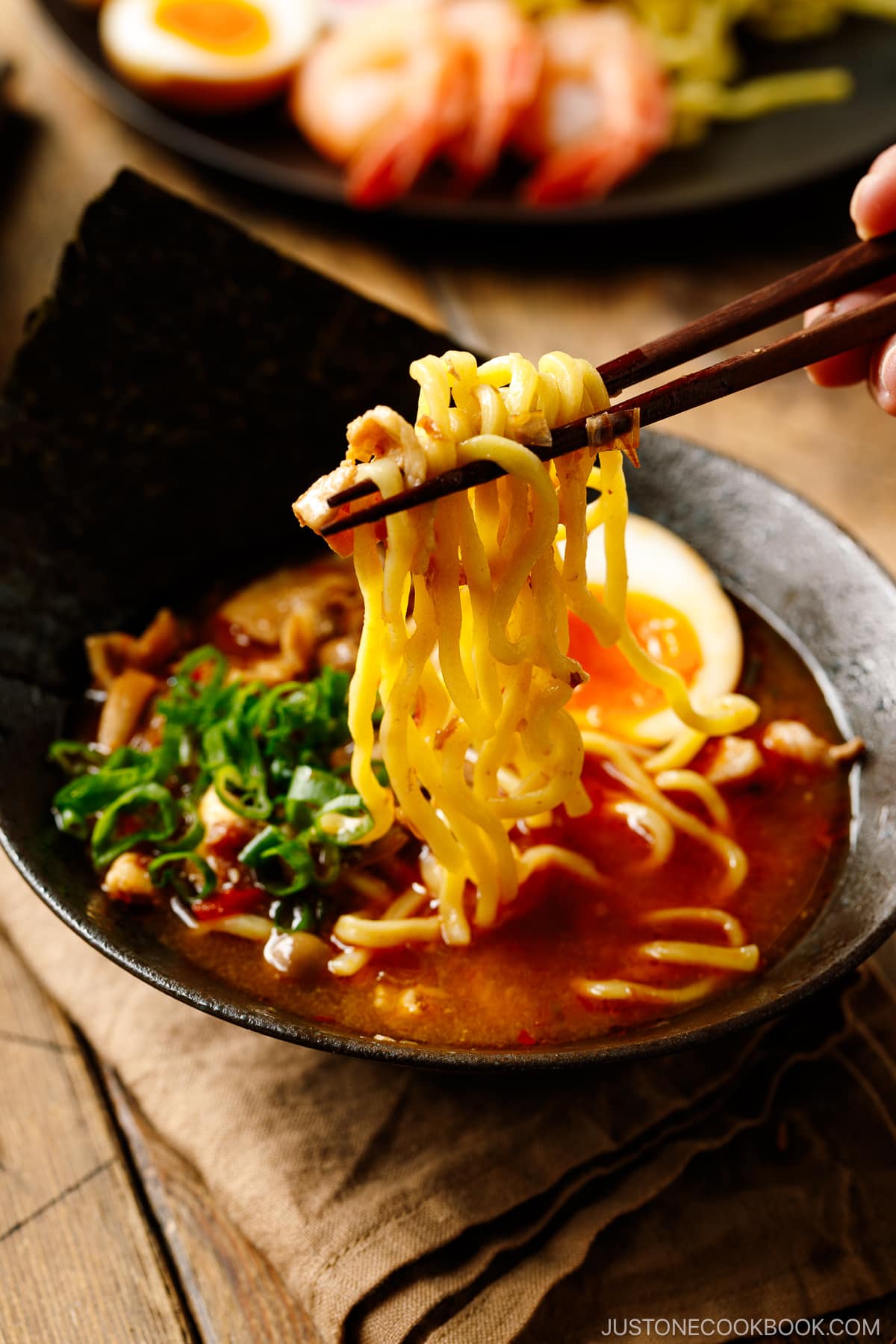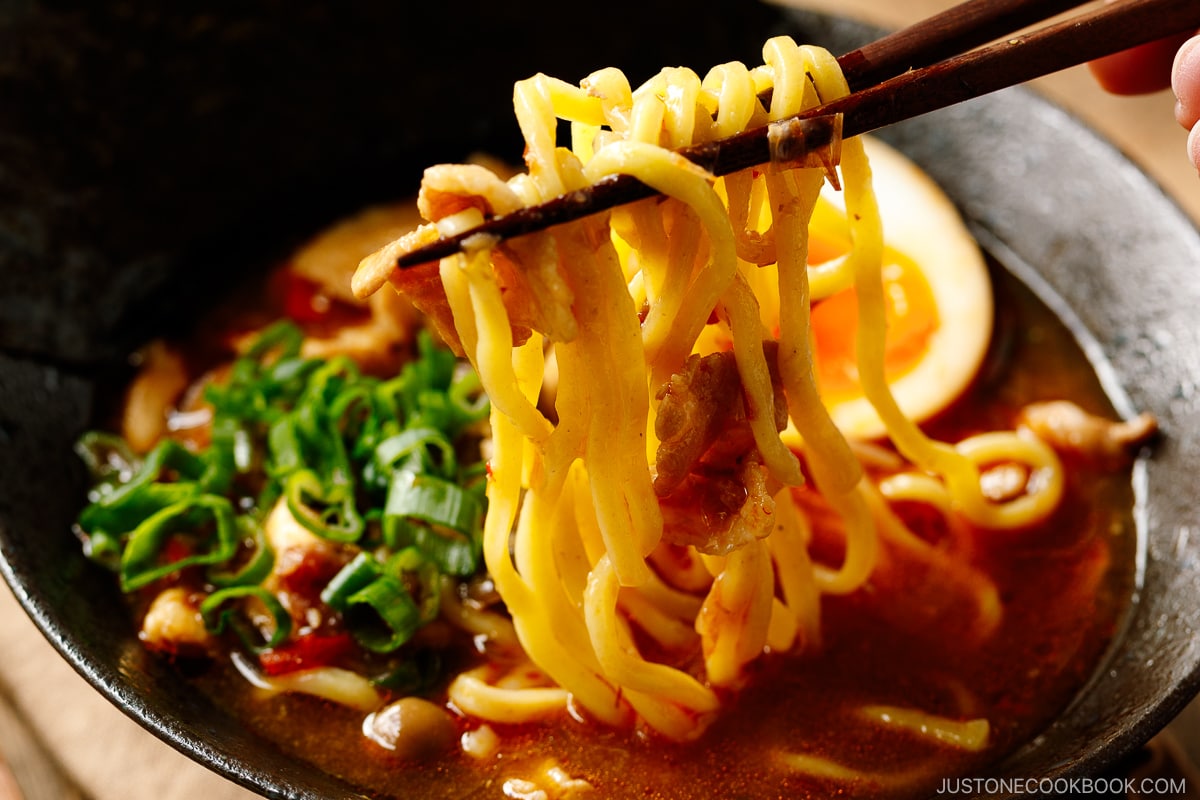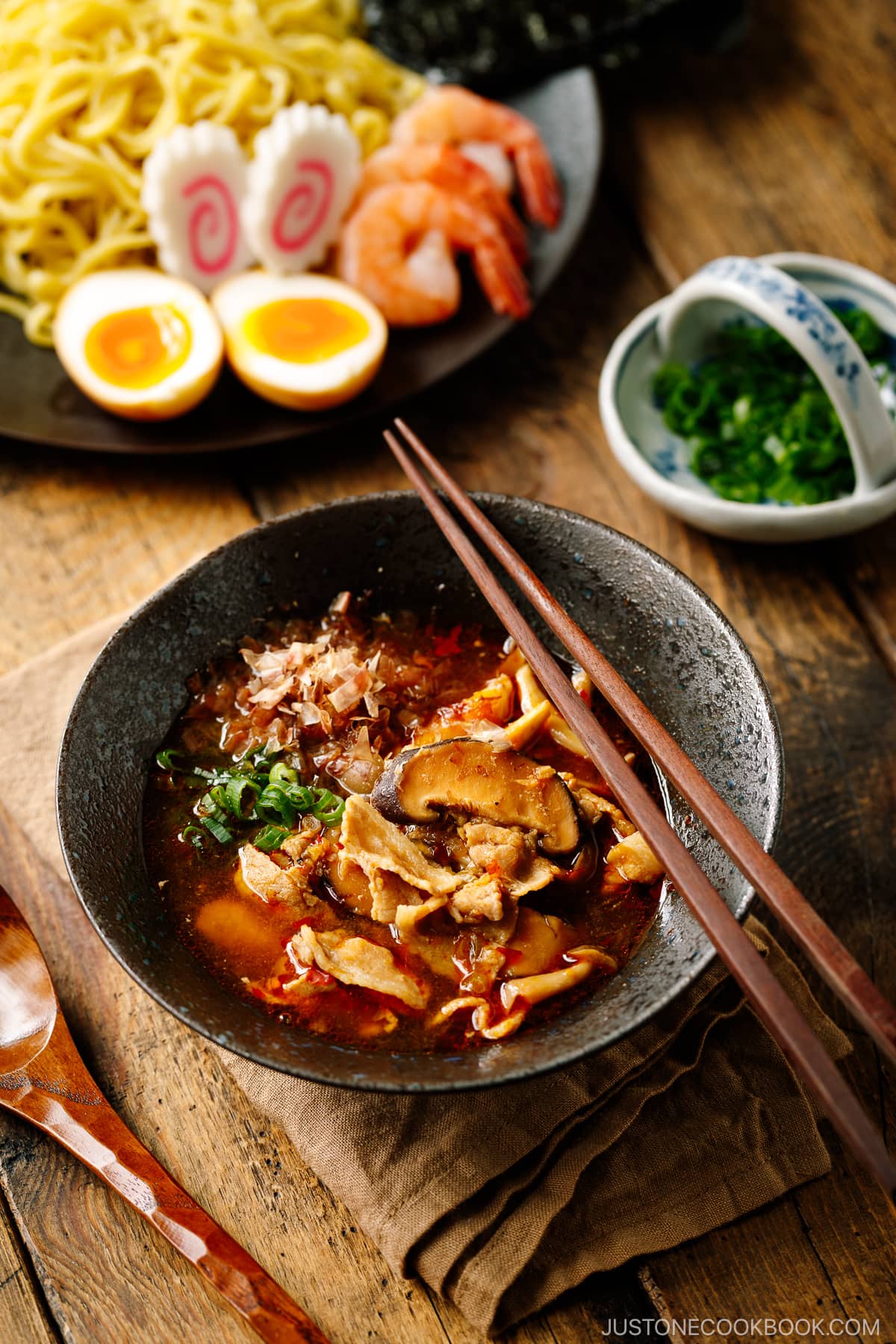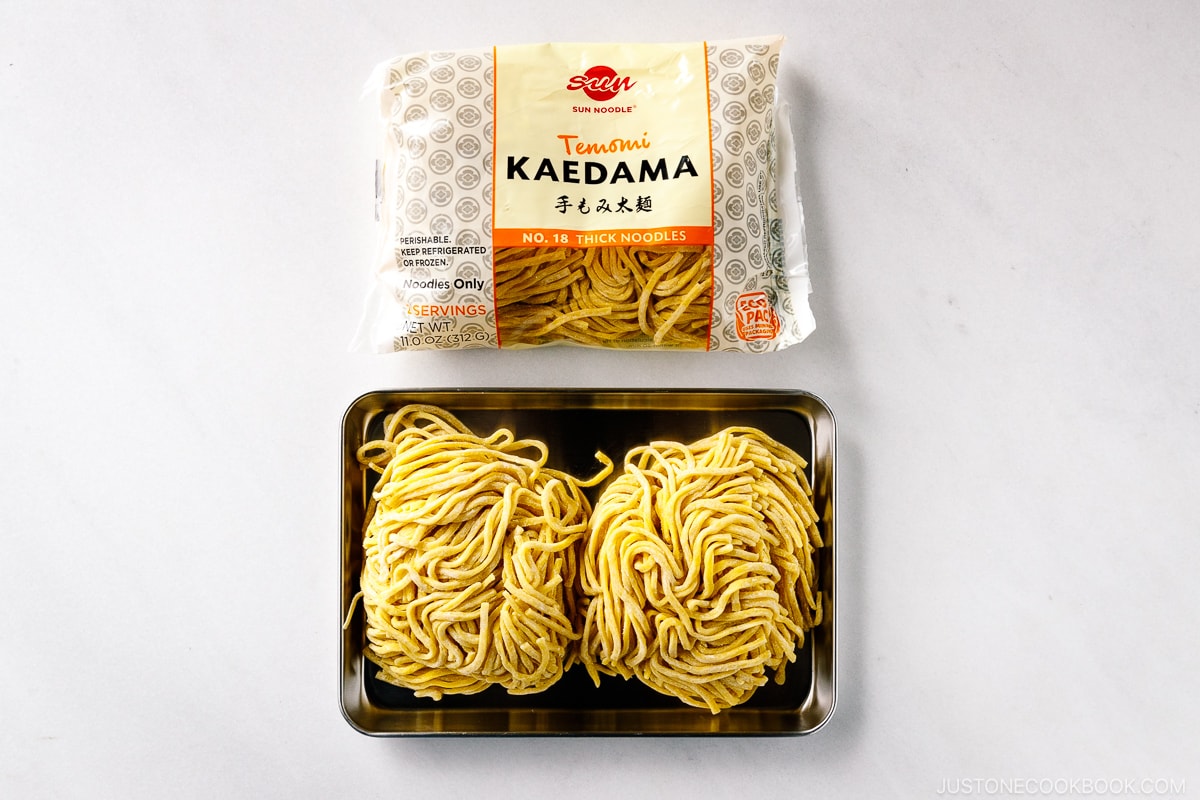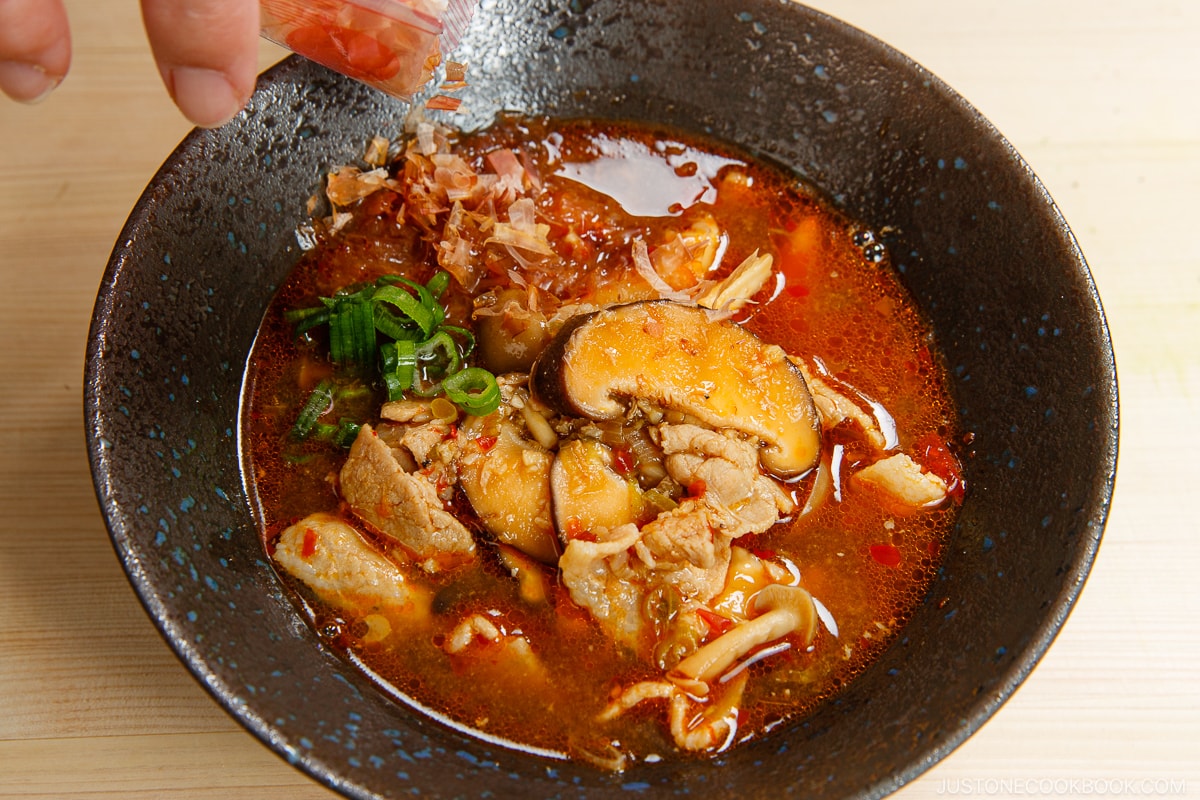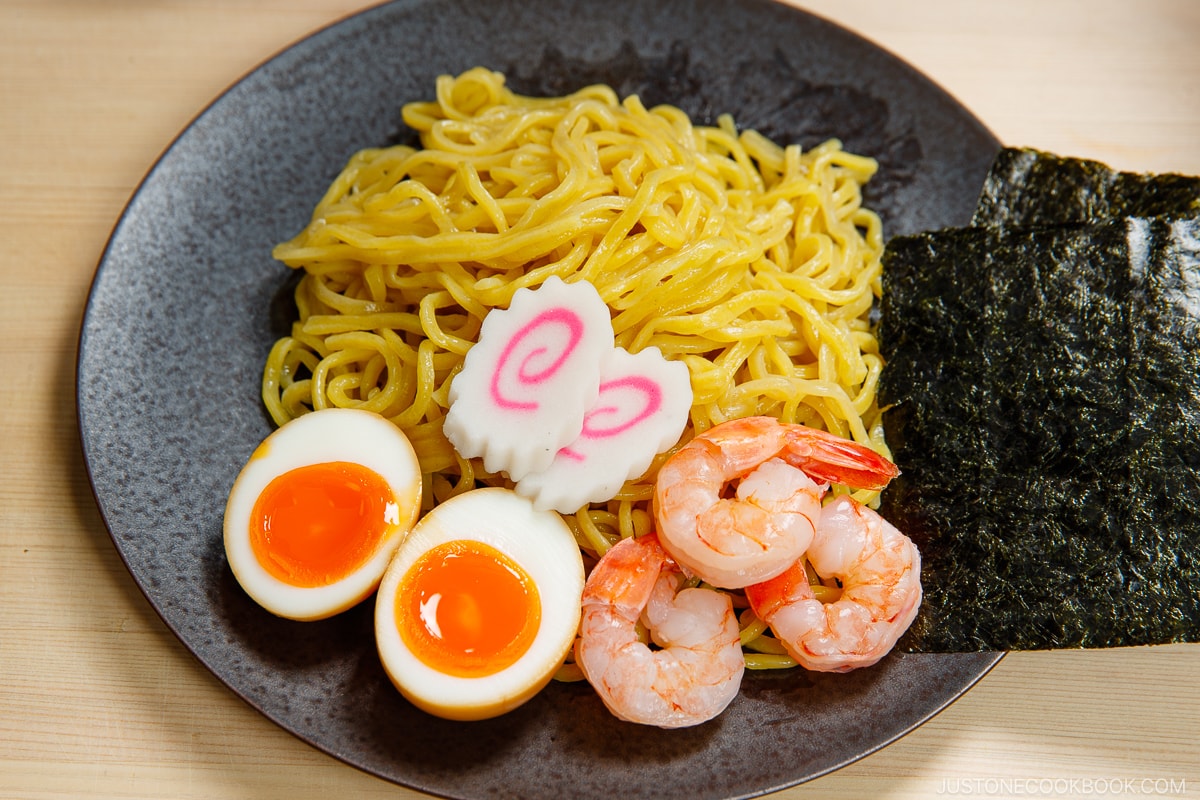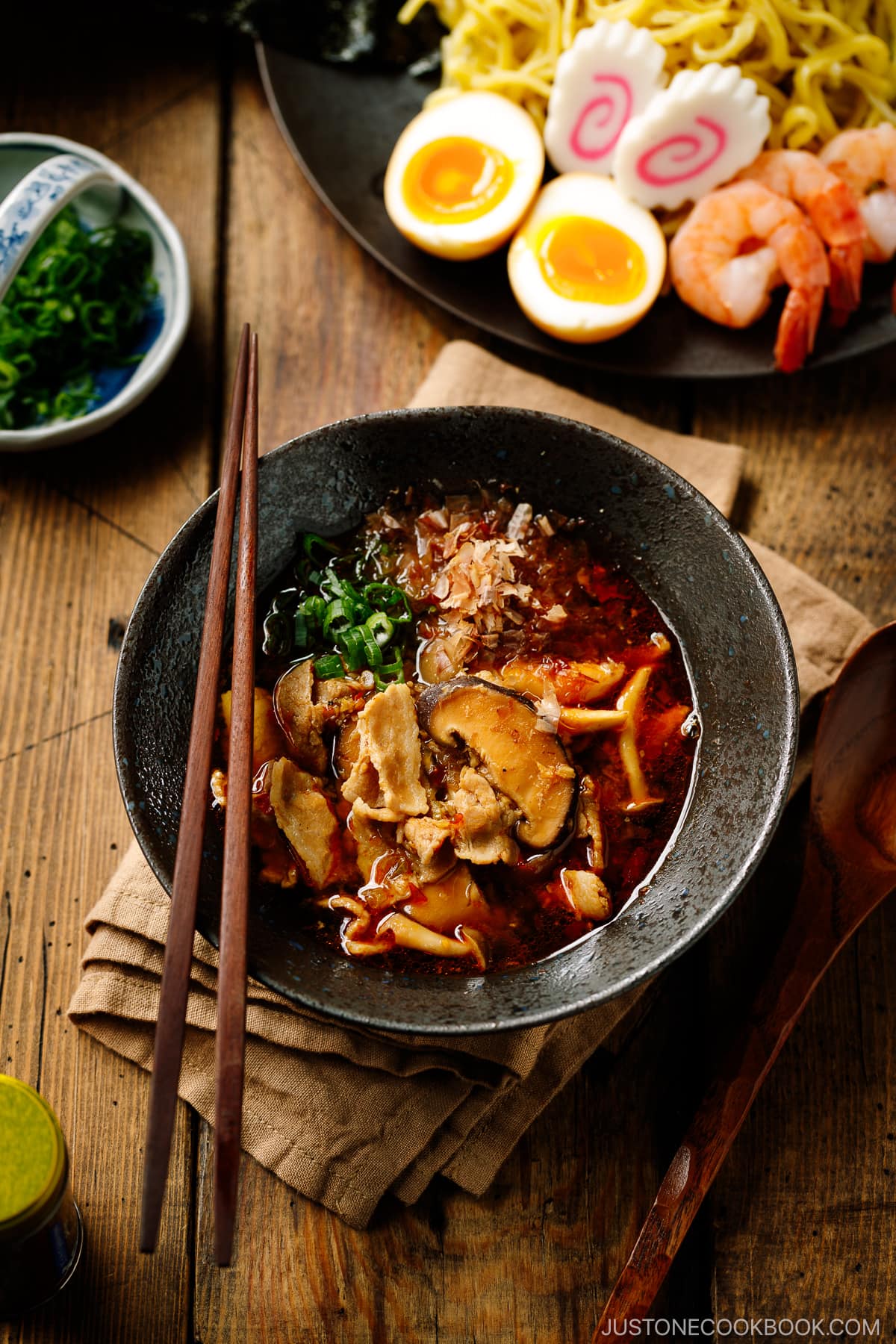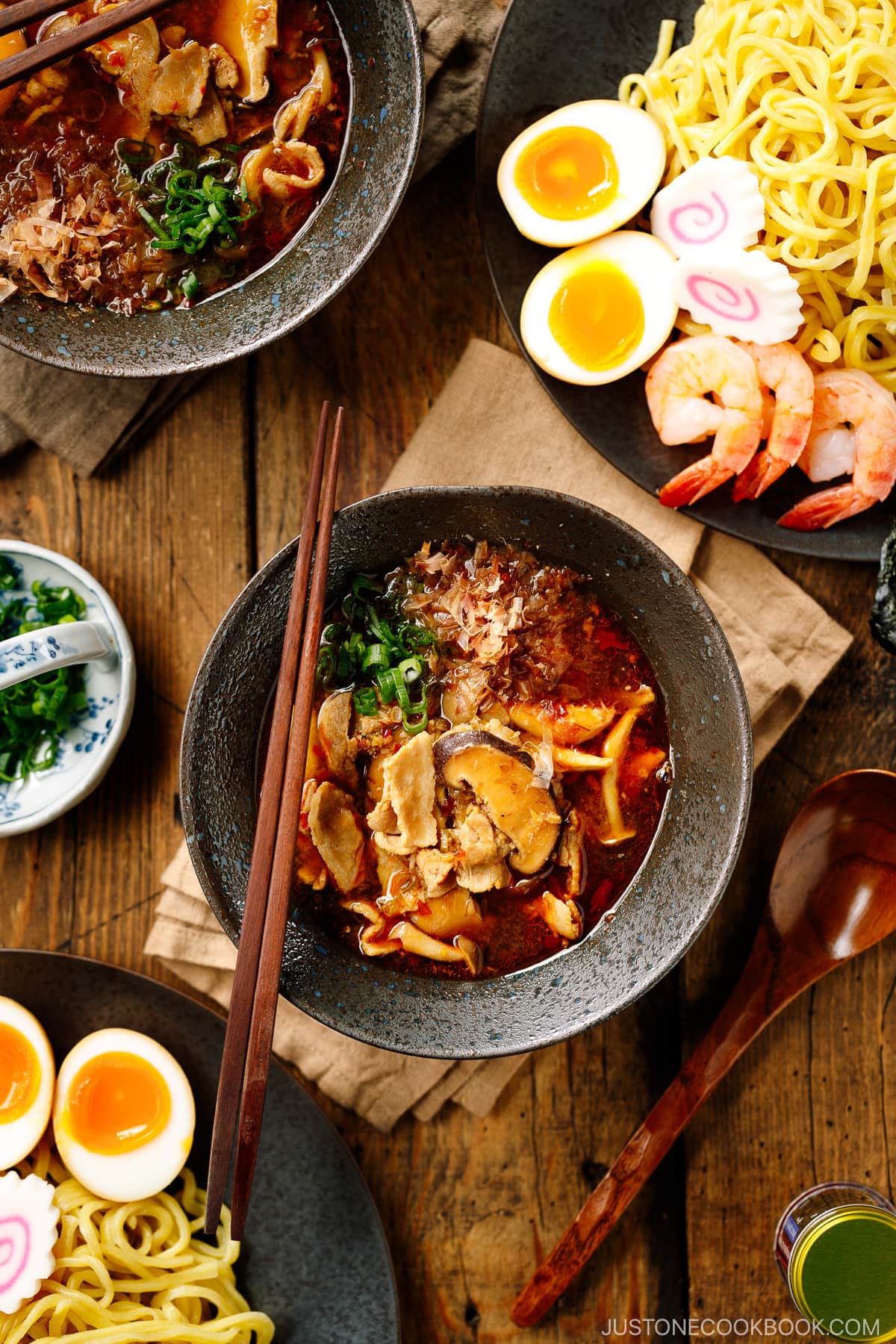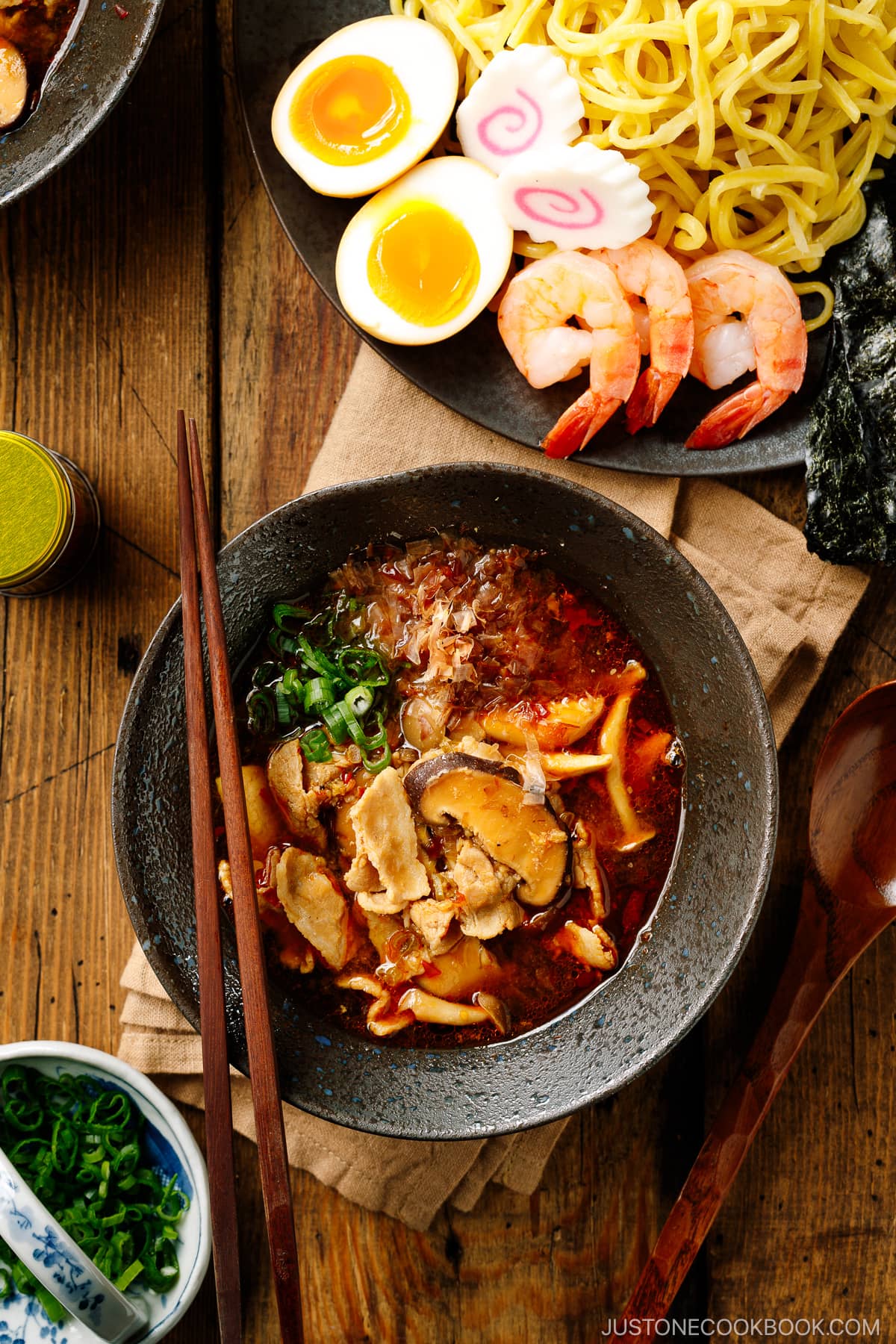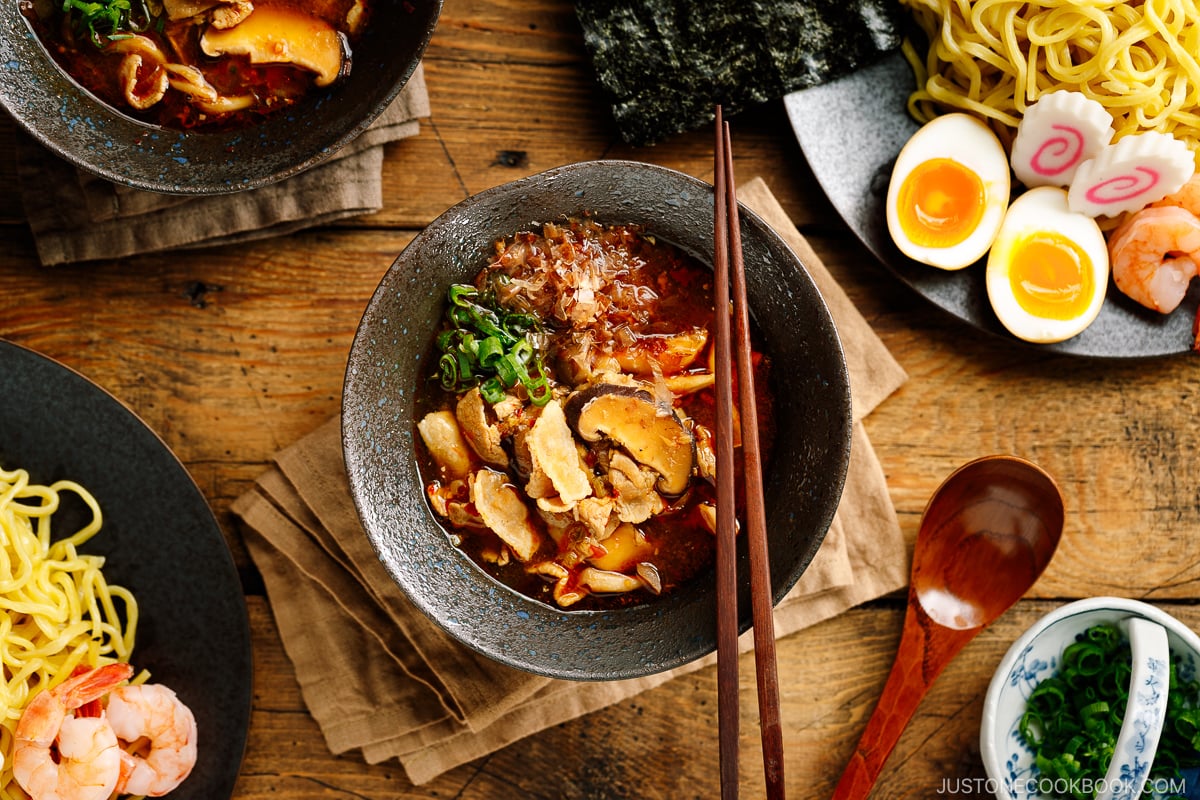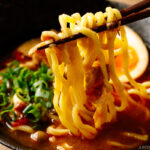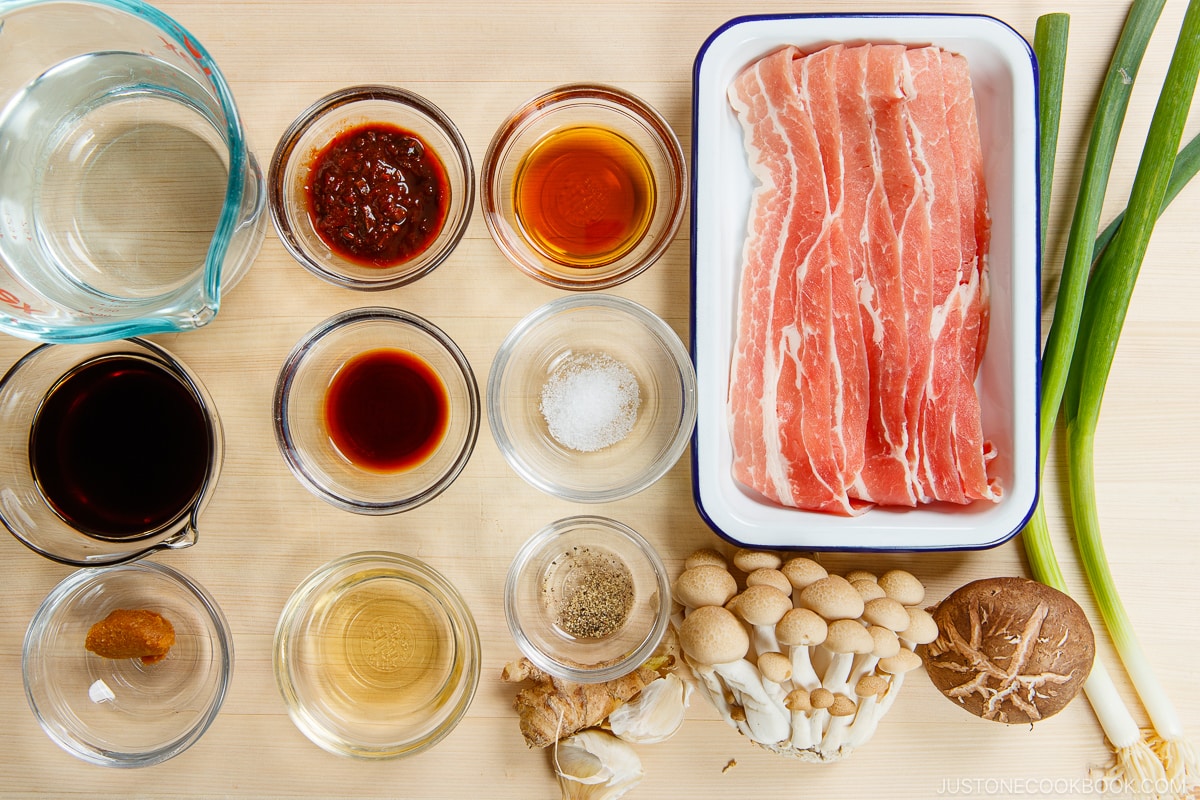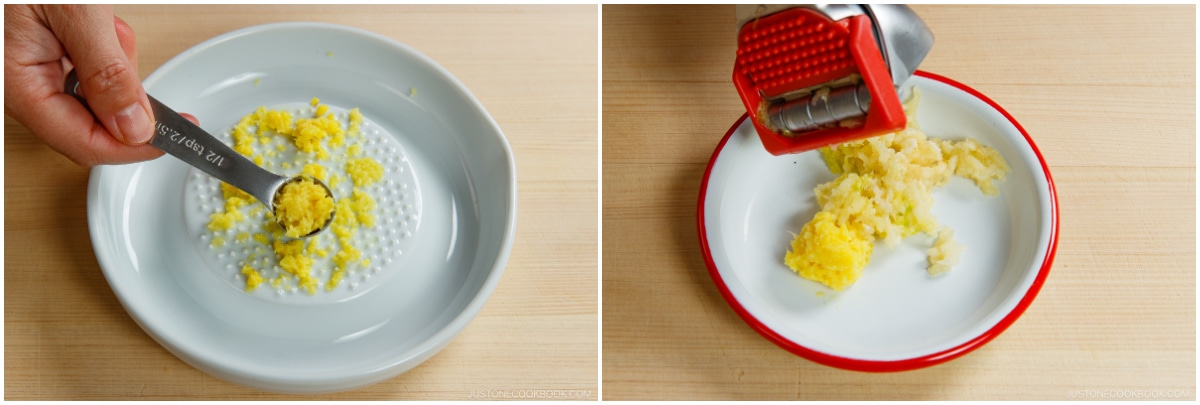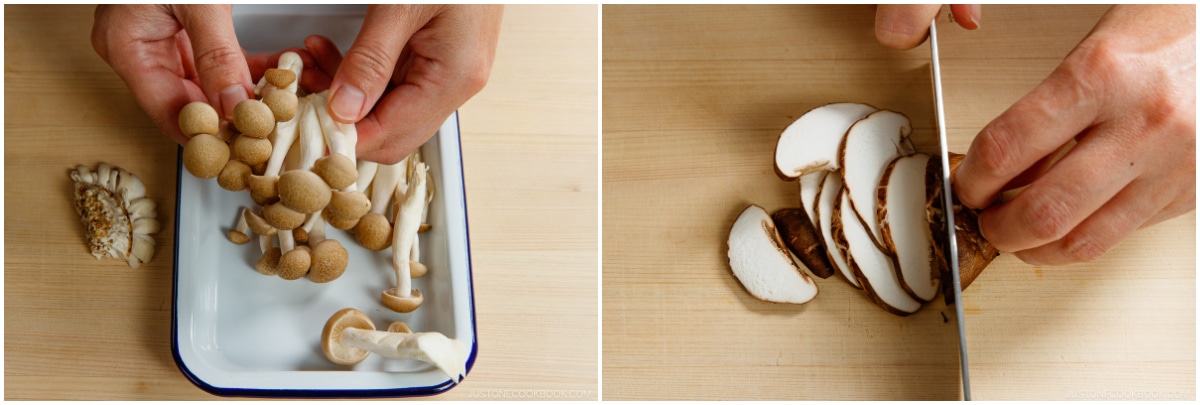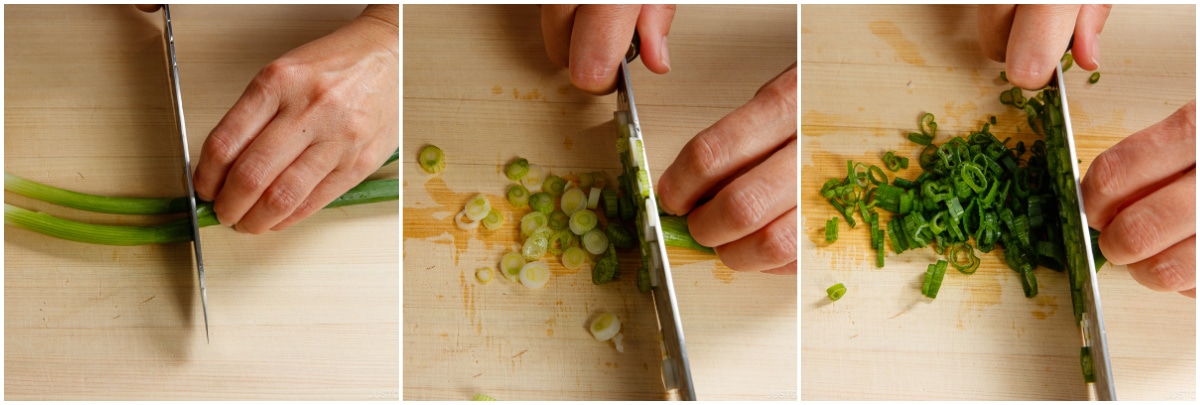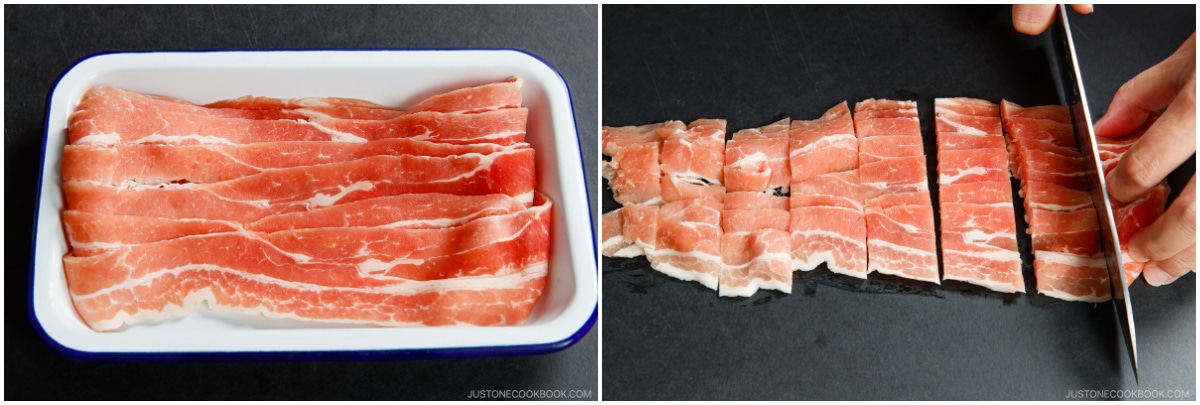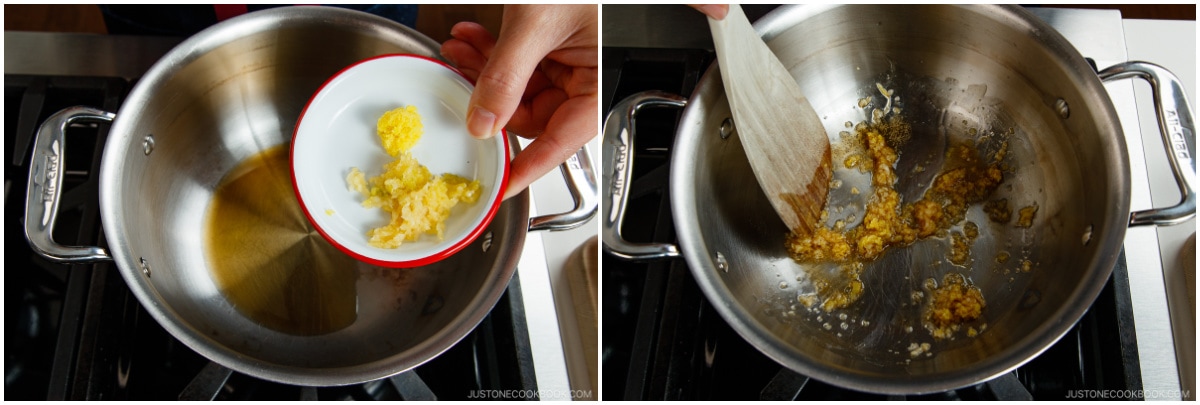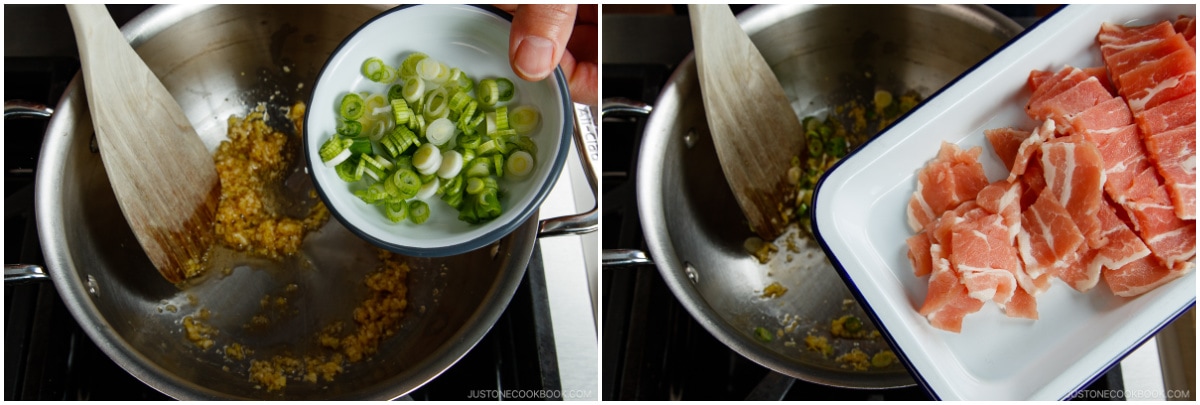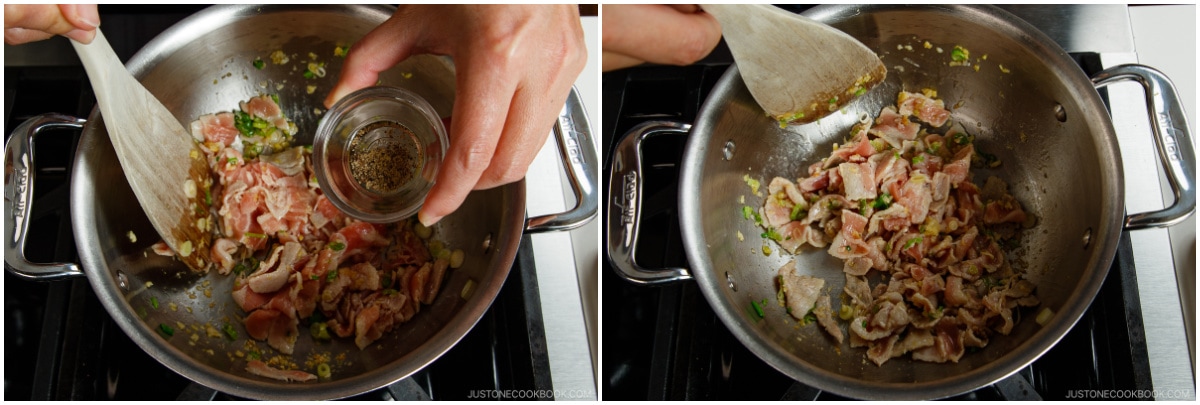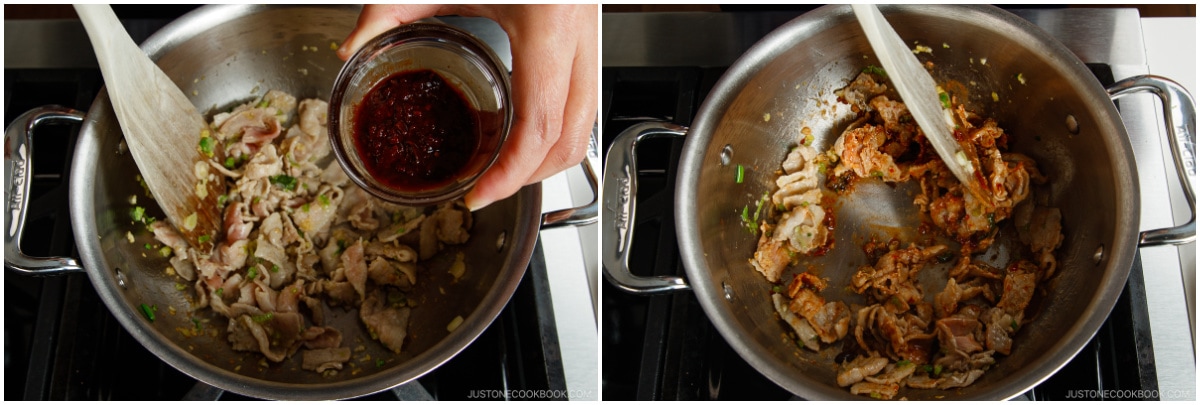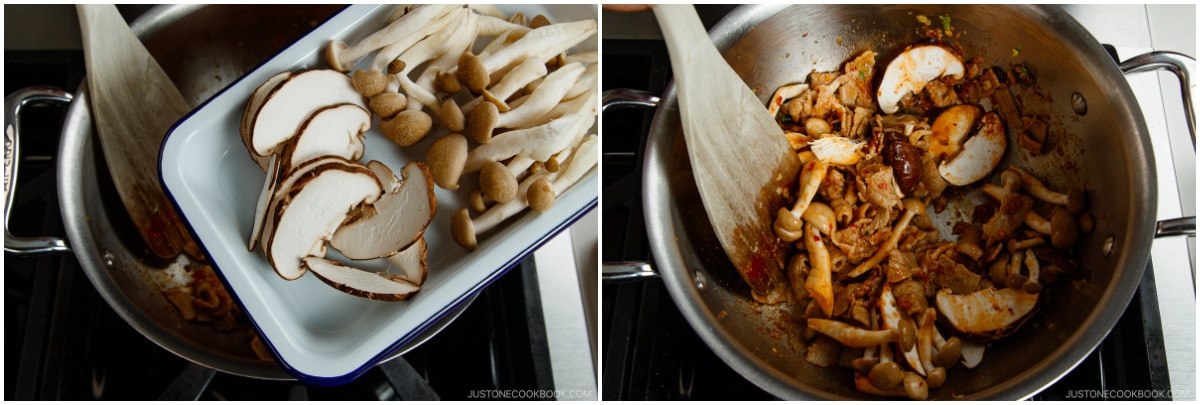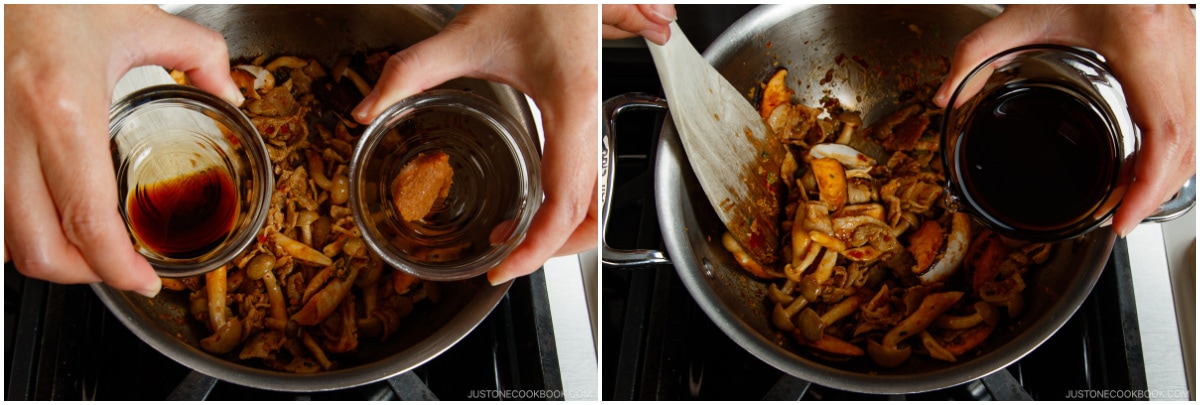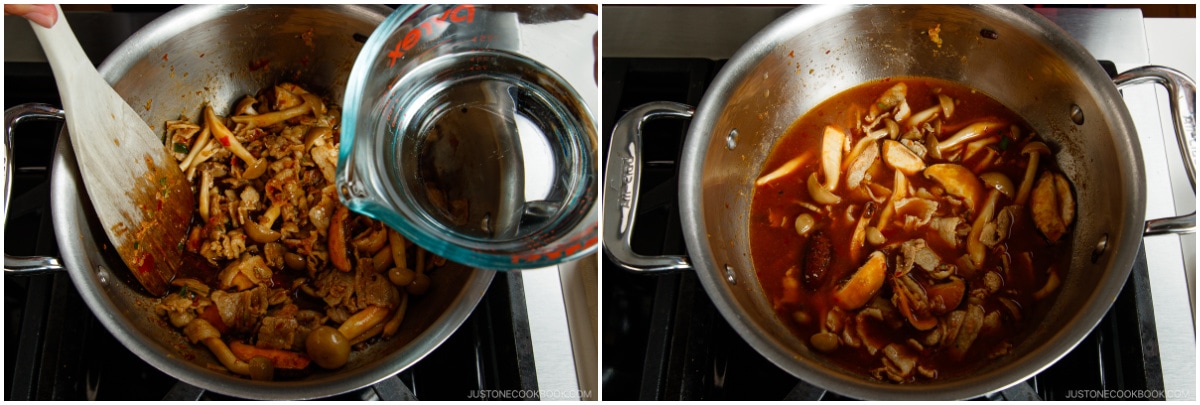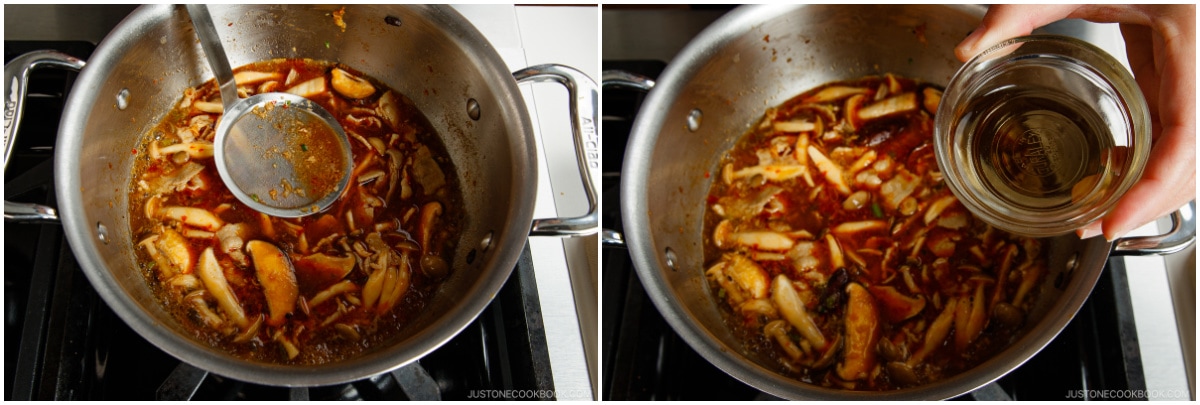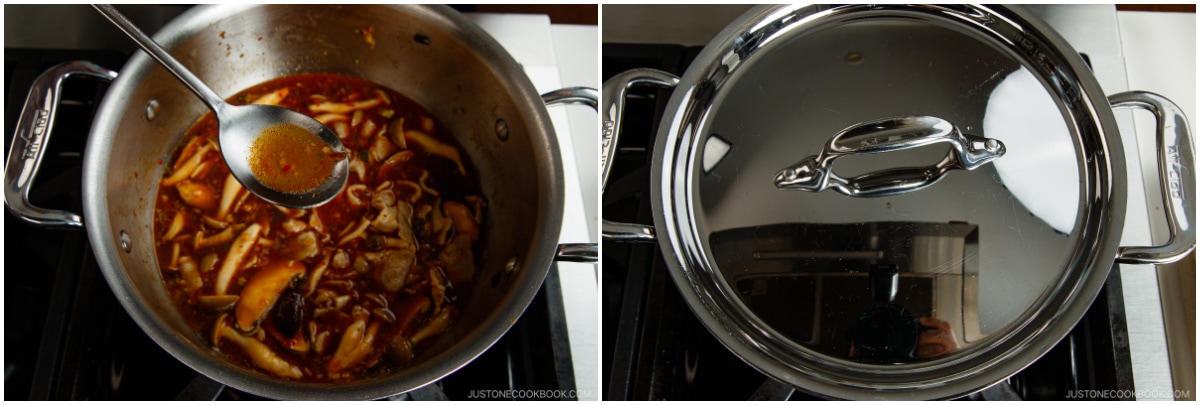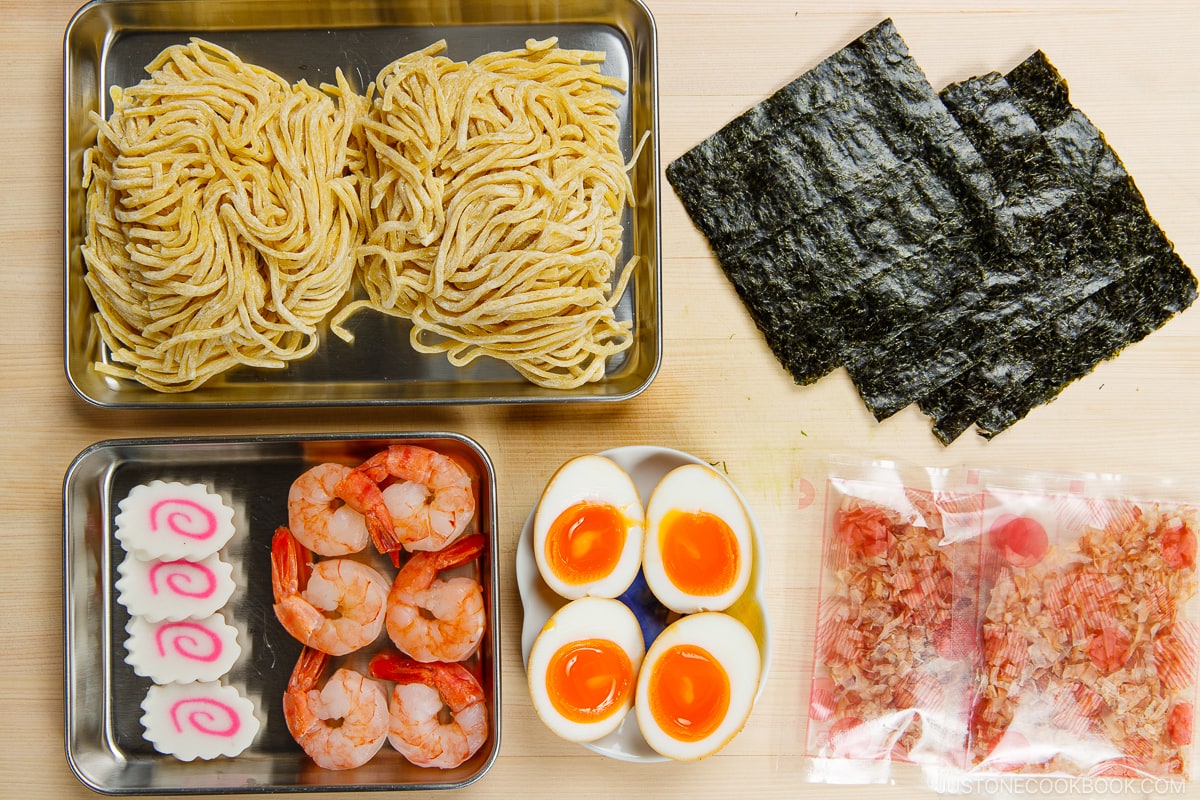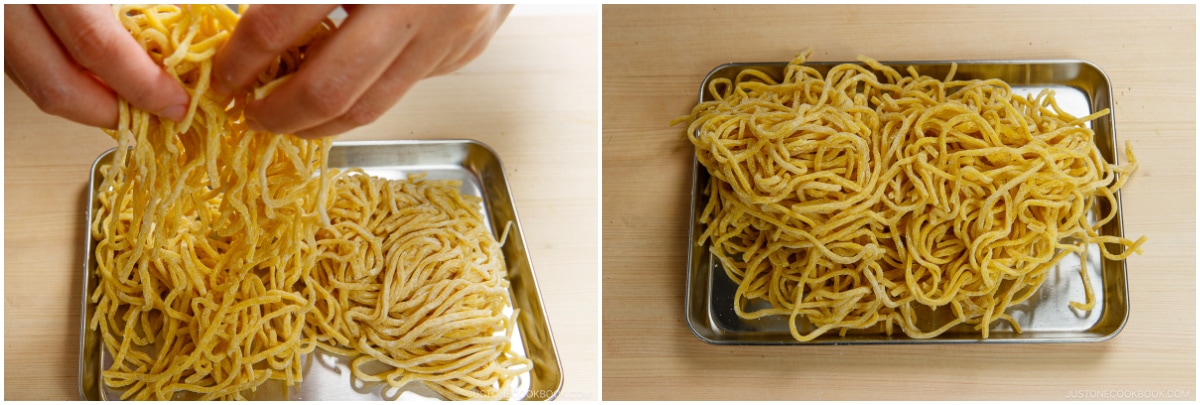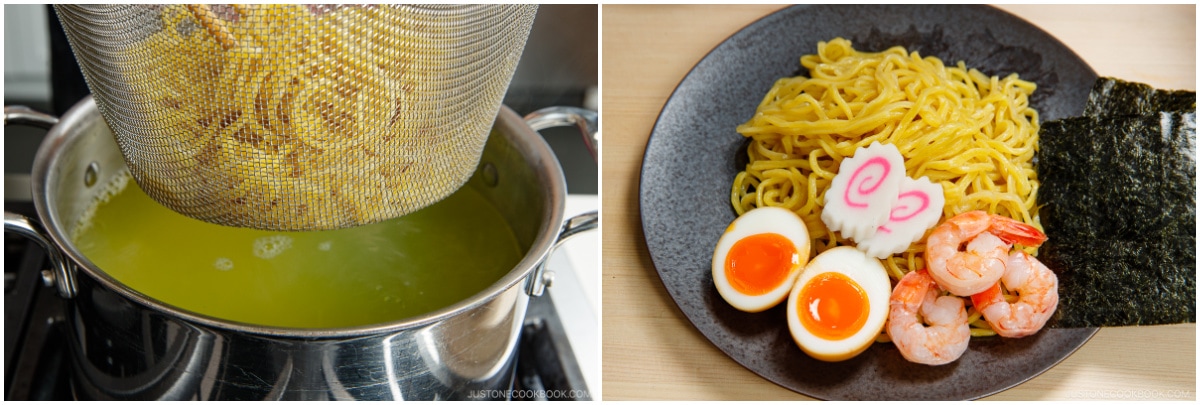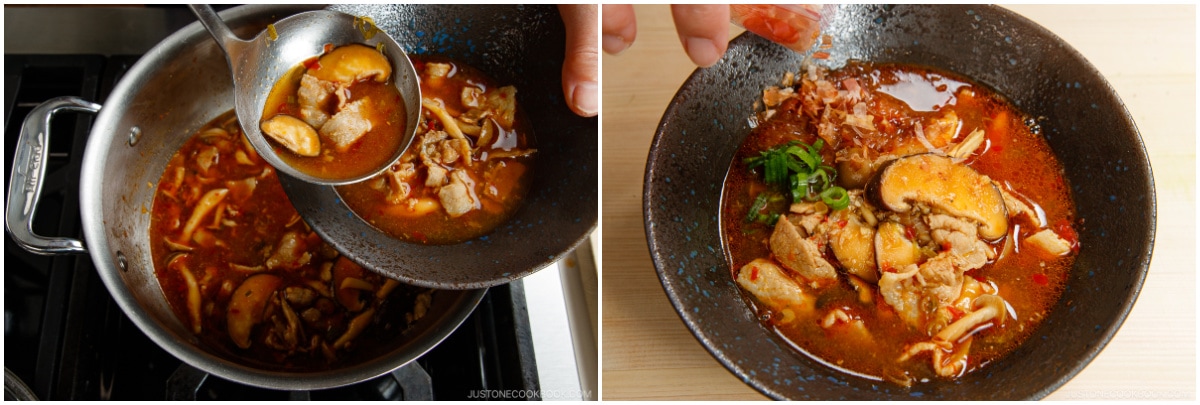Have you heard of Japanese Dipping Ramen Noodles? Known as tsukemen (つけ麺), it is one of the most beloved styles of ramen in Japan, especially during the summer months. But, it’s also delightful in transitional seasons like spring and fall, when we have days with warm sun and breezy wind. The dish involves serving cold noodles alongside a bowl of hot soup. You would dip the noodles into the soup and enjoy the toppings served atop or on the side of the noodles. The contrast of cold noodles and hot broth, in my opinion, is literally the best of both worlds. When the noodle craving hits, this sensational ramen is going to satisfy. So let’s make it at home today!
What is Tsukemen?
Tsukemen (つけ麺)—literally dipping noodles—is a type of ramen dishes in Japanese cuisine. The most distinctive difference between tsukemen and standard ramen is the noodles and soup broth are served separately for tsukemen. You would dip the noodles, which are typically chilled or at room temperature, into the hot savory soup broth before eating. Other Japanese dipping noodles include Zaru Soba using buckwheat noodles or Cold Somen Noodles using super thin wheat noodles.
A Brief History of Tsukemen
There are a few theories about the origin of tsukemen, but it is said that Masayasu Sakaguchi and Kazuo Yamagishi from the ramen shop Taishoken (大勝軒) in Tokyo invented tsukemen in the late 50s. On sweltering summer days, the staff would eat cold leftover noodles by dipping it into a hot soup flavored with soy sauce, just like how they would with Zaru Soba. The staff seemed to enjoy their meal so much that curious customers began to request to try out the dish. Eventually, they decided to put the dish on the menu. Soon the word got out and tsukemen’s popularity started to spread across Japan during the 1970s and 80s, and it received all the rage during the ramen resurgence in the past two decades. You can now find specialty shops throughout Japan serving a variety of tsukemen dishes. And of course, the tsukemen ramen craze finally hit the shores of the US. In 2019, Taishoken opened its first location in San Mateo, California, serving up its famous bowls of tsukemen.
Tsukemen Ramen Noodles
For tsukemen, the noodles matter more than the soup. Since you’re tasting more of the noodles, a good bowl of tsukemen is judged by the quality and texture of the noodles, just like zaru soba. Many tsukemen shops offer housemade noodles that are thicker, chewier, and springy as the textures provide wider surface areas to absorb the sauce. You can get Sun Noodle brand Temomi Kaedama #18 Thick Noodles (see above) from Japanese grocery stores or Myojo brand Thick Wavy Ramen Noodles. After boiling the noodles, they are dunked in cold water to cool them down immediately. This method is known as ‘shimeru,’ which means tightening, and it helps to bring back the noodles’ springiness. Since the noodles are separately served from the broth, they stay chewy without losing their firmness.
The Dipping Soup Broth
I use fatty pork belly to create a rich broth, but you can substitute it with ground pork/chicken broth, or seafood. I also like to jazz up the broth with doubanjiang (chili bean paste) for a deep bold, spicy flavor, but feel free to adjust. Use the Taiwanese brand non-spicy doubanjiang if you have children. Read more about it in this pantry post. You might be tempted to drink the delicious soup broth, but it is intentionally made to be on the salty side. The intensity balances off the plain ramen noodles when they soak up lots of flavors. The tsukemen shops typically offer delicious dashi broth at the end of the meal. Add the dashi broth to your leftover dipping soup broth and enjoy the savory soup. This is called soup wari (スープ割り). The dashi is typically a blend of dried anchovy stock and katsuobushi stock. This is a fun and unique feature that tsukemen offers.
The Toppings
The toppings are usually served on top of the chilled ramen noodles on a plate. I prepare Ramen Eggs (ajitsuke tamago or ajitama) ahead of time but keep the toppings simple to make it a quick meal. For this recipe, I cooked the peeled and deveined shrimp in boiling water until just cooked. By adding sake to the water, the alcohol helps remove the unwanted seafood smell. The pink-swirl fish cake called narutomaki is a standard fish cake for ramen. You can skip it or use other types of fish cake.
Ingredients for Tsukemen
Thick ramen noodles — I recommend using Sun Noodle brand Kaedama No. 18 Thick Noodles. You should be able to find it in the refrigerator section at Japanese grocery stores. You can also use Myojo brand’s Thick Wavy Ramen Noodles. Shimeji mushrooms and shiitake mushrooms — They can be found in Asian grocery stores. You can also use other types of mushrooms. Sliced pork belly — You can buy from Japanese, Korean, Chinese, and Mexican grocery stores. Aromatics — Ginger, garlic, green onions Seasoning — Toasted sesame oil, Doubanjiang (chili bean paste) (check out Taiwanese brand for the non-spicy one), soy sauce, miso, Mentsuyu (concentrated noodle soup base; or make my homemade mentsuyu), rice vinegar, black pepper, and salt
Substitutions and Variations
Mushrooms — I used two types of mushrooms for textures and flavors, but you could use just one type. Sliced pork belly — You can use ground pork instead of pork belly if that’s what you have or prefer. You can use other types of meat, but pork is standard for tsukemen’s soup broth. Doubanjiang — This chili bean paste packs a punch of flavor and it’s worth getting a jar as your pantry staple. To learn more about this condiment and find out where to buy it, click here. Mentsuyu (concentrated noodle soup base) — This is a game changer if you want to make soba noodles, udon noodles, pasta, and all kinds of Japanese dishes in a fraction of time. I usually stock up one or two bottles for emergency cooking. (Type “mentsuyu” on the search bar. See? A lot of recipes come up!) Rice vinegar — You can use other types of vinegar; however, rice vinegar is the mildest type, so if you are going to substitute it, use less.
How to Make the Best Tsukemen at Home
Tsukemen Cooking Tips
Prepare the toppings ahead of time. I keep the toppings minimal and essential so that you can make this tsukemen recipe in 40 minutes from start to finish. All you need to do is to make the soup broth (fast!) and cook the ramen noodles. It’s a very doable weeknight meal! Add the aromatics (ginger and garlic) when the oil is not too hot. This way, you can take time to extract the flavor and fragrance and reduce the risk of burning them. Check the taste of the soup broth. Every brand of condiment is slightly different so don’t follow the specified amount blindly. Always check the taste of your final dish and adjust at the end. If it needs a bit of a kick, add salt. If it’s too salty, add a little water to dilute.
How to Eat Tsukemen
To enjoy this summer-perfect ramen, pick up a few strands of the noodles with your chopsticks, dip them into the soup broth, and make sure they are fully submerged, then slurp! Enjoy the various toppings by dipping them in the soup broth.
More Cold Summer Noodles You’ll Love
Zaru Soba (Cold Soba Noodles) Hiyashi Chuka with Sesame Miso Sauce Honey Sesame Shirataki Noodles Oroshi Soba Cold Somen Noodles Cold Tanuki Udon
Wish to learn more about Japanese cooking? Sign up for our free newsletter to receive cooking tips & recipe updates! And stay in touch with me on Facebook, Pinterest, YouTube, and Instagram. Editor’s Note: The post was originally shared on July 28, 2013. The post has been republished with new images and updated blog content on May 7, 2023.
